The Psychology of Marketing: 18 Ways to Use Social Proof to Boost Your Results
Understanding what buyers want, how they think, and what motivates them to purchase a good or service is essential to creating a successful digital marketing strategy.
Because of this, it is not surprising that many psychological nuances are incorporated into the campaigns we develop. As the use of social media continues to grow, so has social media psychological research. Social proof (or informational social influence) is a powerful psychological and social phenomenon that naturally occurs when people interact with one another.
Today, much of that interaction happens online and what we’ve found is that we can use the concept of social proof in our social media marketing strategies to get more Likes, Retweets, and Followers.
The article below talks about 18 different ways to use the psychological concept of social proof to generate more robust results and it’s a lot easier than you might think.
Hannah’s Reading: The Psychology of Marketing: 18 Ways to Use Social Proof to Boost Your Results
How to Apply AI to Brand Marketing
I believe that Artificial Intelligence is as head tilting today for some people as having a website on the internet for your business was 10 years ago.
I also believe that if businesses don’t adapt to and adopt AI in the near future then they will be as irrelevant tomorrow as a business without a website is today. This article is interesting because it breaks down AI and the different forms and facets of AI.
Joey’s Reading: How to Apply AI to Brand Marketing
Physicians Underestimate Consumer Likelihood to Switch Doctors
This survey by Altarum Institute’s Center for Consumer Choice in Health Care is interesting because it shows how differently doctors and their patients think about why patients leave the practice.
For example, If a doctor has multiple malpractice suits on a website, only 46% of physicians thought that their patients would change doctors, while 74% of consumers stated that they would.
Similarly, 43% of consumers said that they would be likely to switch doctors as a result of negative online ratings from other consumers, while only 23% of doctors thought that would influence patients.
Amy’s Reading: Physicians Underestimate Consumer Likelihood to Switch Doctors
Welcome to The Era of the AI Coworker
This article is a well-reasoned look at how many of the best AI efforts currently aren’t going to replace humans, but can help boost our productivity.
For example, Heliograf, The Washington Post’s publishing AI, published 850 stories, but it still relies on human journalists to add in “analysis and colorful details,” while it focuses on covering the basic facts. Currently, AI has advanced to the point where it is a really great coworker processing huge datasets and allowing humans to focus instead on the thought-intensive, subjective work, at which we excel.
For those willing to work with them, AIs have the potential to help in virtually any industry from law and healthcare to manufacturing.
Matt’s Reading: Welcome to The Era of the AI Coworker
3 Surprising Ways Storytelling Makes You a Better Communicator at Work
One of the biggest things we see clients struggle with is communication. It can be internal between employees or between the company and their customers both of which cause misunderstandings and frustrations. The words we use certainly matter, but so is how we package them so that the person hears what we want them to.
This article talks about how story is a great device to help communicate clearly – because all stories use a framework that we’re used to engaging with. It shares that framework that allows you to take your message, turn into a story, so that everyone wins in the end. Tons of great examples of how to do this for anything that requires a message, blog posts, presentations to writing a book. Everyone can benefit from a clear message.
Gavin’s Reading: 3 Surprising Ways Storytelling Makes You a Better Communicator at Work



